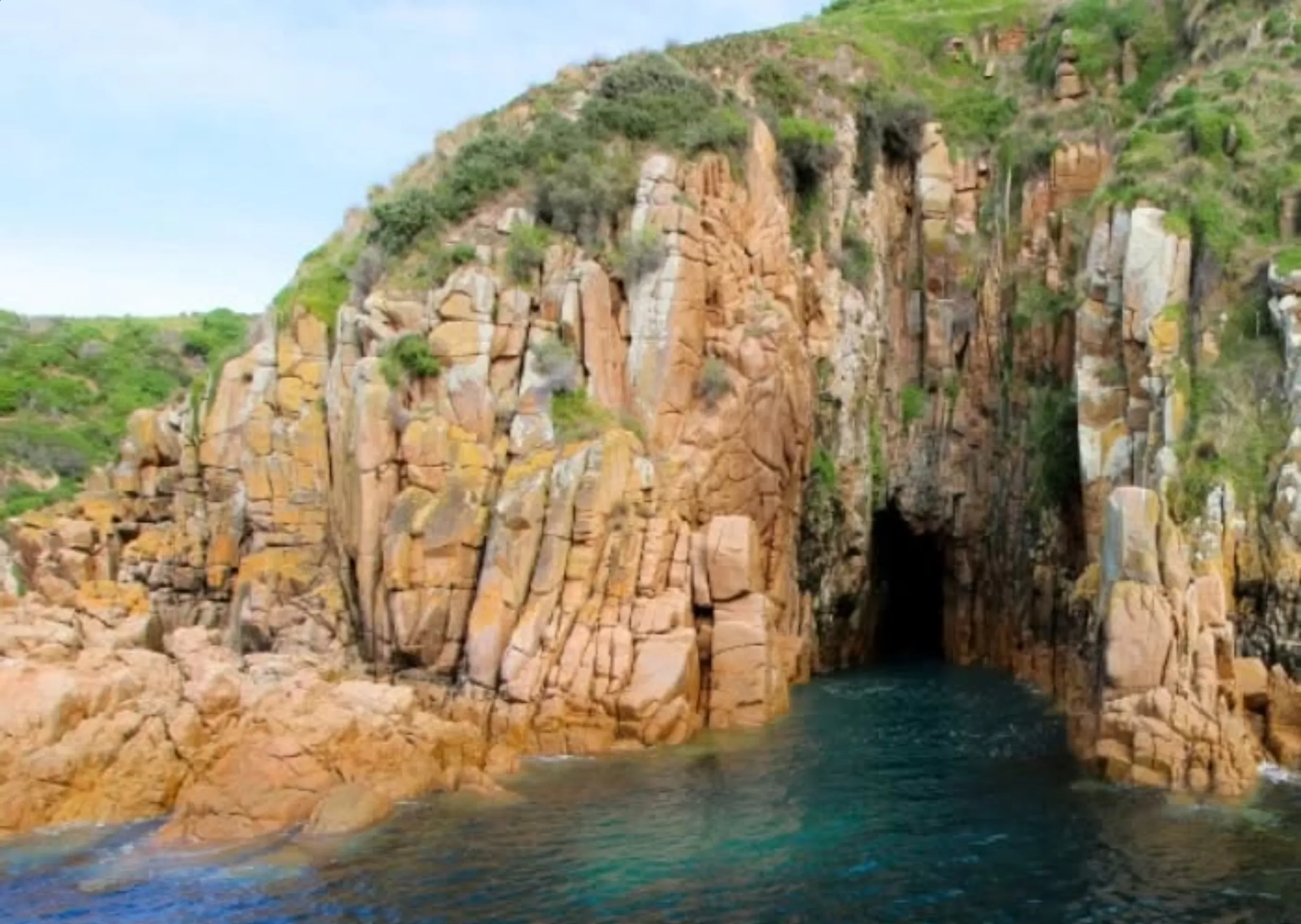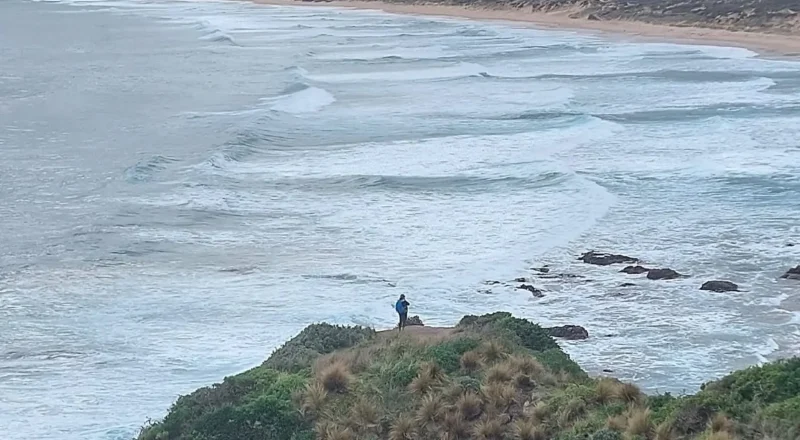Phillip Island, off the coast of Victoria, Australia, is a favourite tourist spot for its stunning coastline, wildlife and famous Penguin Parade. With its rugged landscape and rocky outcrops, many visitors ask: Is Phillip Island a volcano?
The Geological Background

Phillip Island isn’t a volcano and never has been. But its geological history is closely tied to volcanic activity millions of years ago. The island formed around 50 million years ago during the early Tertiary period when volcanic eruptions played a big role in shaping the region. The island’s volcanic heritage is obvious in its weathered basalt formations and rock outcrops that have stood the test of time.
Volcanic Influence on the Landscape

Although Phillip Island itself isn’t a volcano, its landforms were shaped by ancient volcanic activity. The island is part of the South Eastern Highlands geological region, which includes vast basalt plains formed by lava flows. The dark basalt rocks along the coastline, particularly at The Nobbies, Pyramid Rock and Cape Woolamai, are remnants of this volcanic past. Pyramid Rock Road takes you to one of the island’s most iconic volcanic rock formations, where you can see dramatic coastline views.
The island’s rugged cliffs, rock ledges and dramatic formations are all thanks to these ancient eruptions. Over millions of years, weathering and erosion carved out the landscape to create the stunning coastline we see today. Cape Woolamai, with its crescent-shaped island formation and Devonian rock structures, offers a unique geological perspective, while the black cliffs and coastal cliffs provide a striking contrast to the colourful beach locations.
Is Phillip Island an active volcano?

There are no active volcanoes on Phillip Island. The nearest area with known volcanic activity is the Newer Volcanics Province, which covers parts of western Victoria and southern South Australia. This area has dormant and extinct volcanoes, but Phillip Island itself has been geologically inactive for millions of years. The island is not an extinct shield volcano, although its geology was influenced by volcanic activity millions of years ago.
Explore Phillip Island’s Natural Wonders

Although Phillip Island is not a volcano, its dramatic landscapes are still worth exploring. Visitors can enjoy stunning coastal views, walk along the basalt cliffs at The Nobbies or take in the beauty of Cape Woolamai’s pink granite. Hiking trails (2km, 5km and 6km) offer options to suit all fitness levels.
Phillip Island tours are a great way to see the island’s stunning landscapes, whether you’re interested in nature, wildlife or geological wonders. A Phillip Island tour often includes visits to The Nobbies, Pyramid Rock and the famous Penguin Parade.
If you’re interested in wildlife the island has unique bird species such as the Sooty Tern, masked booby and Whale Bird. Fairy penguins (also known as cheeky penguins) can be seen at the Phillip Island Nature Parks. You can also book penguin parade tours to see these little guys return to shore at sunset.
Churchill Island can be reached by boat, adding another layer of history and agricultural land to the journey. Many Phillip Island day tours include stops at Churchill Island so you can experience the best of the region’s natural and cultural heritage.
Final Thoughts
Phillip Island is not a volcano, but its volcanic past has left a lasting impact on the island’s natural beauty. The rugged coastline, dramatic rock formations and basalt cliffs are a reminder of the forces that shaped the land millions of years ago. Whether you’re here for wildlife, beaches or geological wonders, Phillip Island is a must-see in Australia.

From Berrys Beach and its cliff tops to ancient history and surface drainage engineering, there’s no shortage of adventures. The island, along with French Island and Norfolk Island, continues to fascinate visitors with its geological wonders and catalogue of history. Booking a Phillip Island tour is the best way to ensure you don’t miss any of its amazing attractions.
Frequently Asked Questions
Is Phillip Island an active volcano?
No, Phillip Island is not an active volcano. While its landscape was formed by volcanic activity millions of years ago, it has been geologically inactive for a long time.
How do I see Phillip Island’s natural attractions?
Phillip Island tours are the best way to see the island’s landscapes. Visitors can do a Phillip Island day tour to see the Nobbies, Pyramid Rock, Cape Woolamai and the famous Penguin Parade.
What wildlife is on Phillip Island?
Phillip Island has diverse wildlife including fairy penguins, Sooty Terns, masked boobies and Whale Birds. The island’s Phillip Island Nature Parks offer penguin parade tours where you can see these adorable birds return to shore at sunset.
Are there any walking trails on Phillip Island?
Yes, Phillip Island has several walking trails of various lengths and difficulty levels, including a 2km trail, 5km trek and 6km trek. These trails offer stunning coastal views and geological insights.
Are the beaches safe?
Yes, but always check beach conditions and follow beach safety guidelines. Some coastal cliffs and cliff edges can be hazardous, so be careful when exploring rocky areas.
